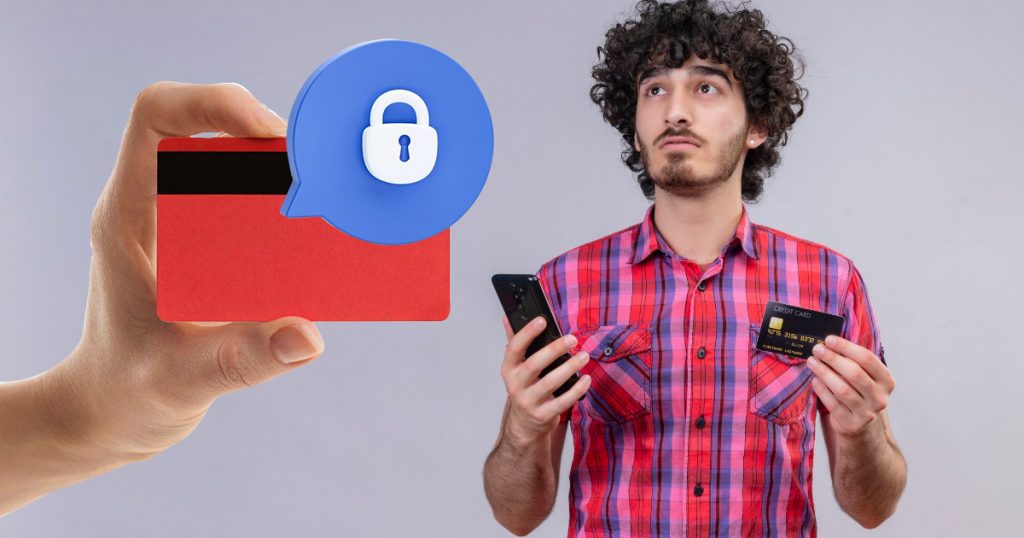Card lock is a super useful feature when you want to stop random charges on your card. But what about automatic payments? Do those get blocked, too? If you rely on auto-pay for bills like streaming services, subscriptions, or utilities, the last thing you want is a missed payment.
Let’s break down how card lock works, what it affects, and what happens to those automatic charges while your card is locked.
What Is a Card Lock and What Does It Do?
Card lock is a feature that temporarily blocks new purchases from going through on your debit or credit card. Think of it like flipping a switch that pauses spending. It’s great for times when you lose your card or want to keep your spending in check.
Once your card is locked:
- New transactions, like online or in-store purchases, won’t be approved.
- You’ll get a heads-up if someone tries to use your locked card.
- You can unlock the card anytime without calling your bank.
- There’s no limit to how often you can lock or unlock it.
Many banks offer this feature in their mobile and online banking apps. You can see which cards are locked just by logging in.
So, Will Locking My Card Stop Automatic Payments?
No, not usually. Most banks still let auto-pay go through, even if your card is locked. These charges come from services that already have permission to bill your card, like a gym membership, a streaming platform, or a phone bill.
The reason these charges go through is that merchants tag them as recurring payments. This tells the bank or card issuer that the transaction was expected and pre-approved. Locking the card only blocks new purchases that haven’t been approved before.
What Happens When Recurring Charges Aren’t Set Up Right?
Not all merchants set up auto-pay correctly. If the billing setup doesn’t include the correct indicators that it’s recurring, the card lock could block the charge.
Let’s say your internet provider updates its billing system and forgets to mark the payment as recurring. In this case, your locked card might reject the transaction. You’ll likely get a notification letting you know your card is locked and the charge didn’t go through.
So, if you see a payment fail, it’s a good idea to check your account real quick. You can unlock the card, let the charge go through, and lock it again afterward.
Common Examples of Charges That Usually Still Go Through
Most subscription and bill payment services know how to correctly set up recurring charges. Here are some examples of what usually continues working even if your card is locked:
- Mobile phone bills
- Utility payments
- Streaming subscriptions
- Gym memberships
- Magazine or subscription boxes
These types of charges happen regularly and are easily recognized by your bank.
How Would You Stop Automatic Payments?
If you want to stop automatic payments, locking your card won’t do the trick. You’ll need to cancel the recurring charge directly with the company or subscription service. Most of the time, you can do this through their website or customer support. You can also contact your bank to request a stop payment or block future charges. Just don’t rely on the card lock alone if your goal is to fully stop a recurring payment.
What About Auto-Pay After Your Card Is Replaced?
If you replace your card, recurring payments linked to the old card number won’t work unless you update them. Once you get your new card, remember to update payment info with all your service providers.
Locking the card doesn’t change your number, so you’re good, no updates are needed while it’s just locked. But when your card is fully replaced, auto-pay setups need to be refreshed.
Card Lock is A Safety Net
The cool thing about the card lock? It’s not a brick wall, it’s more like a safety net. You can block new spending without messing up what’s already scheduled if everything is set up right. This small feature speaks to a bigger shift in how we manage money now. We want speed, control, and peace of mind. It’s not just about stopping fraud or lost-card panic. It’s about being able to say, “I’m in charge,” even when life gets messy.
